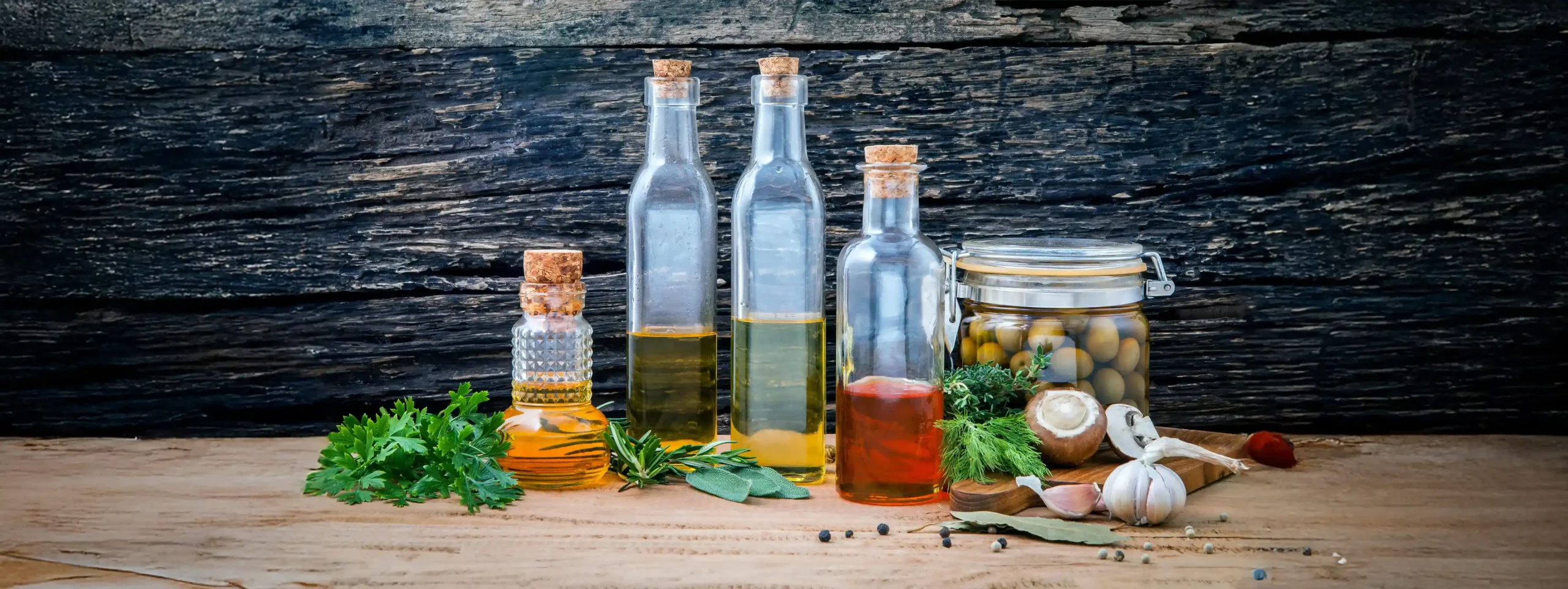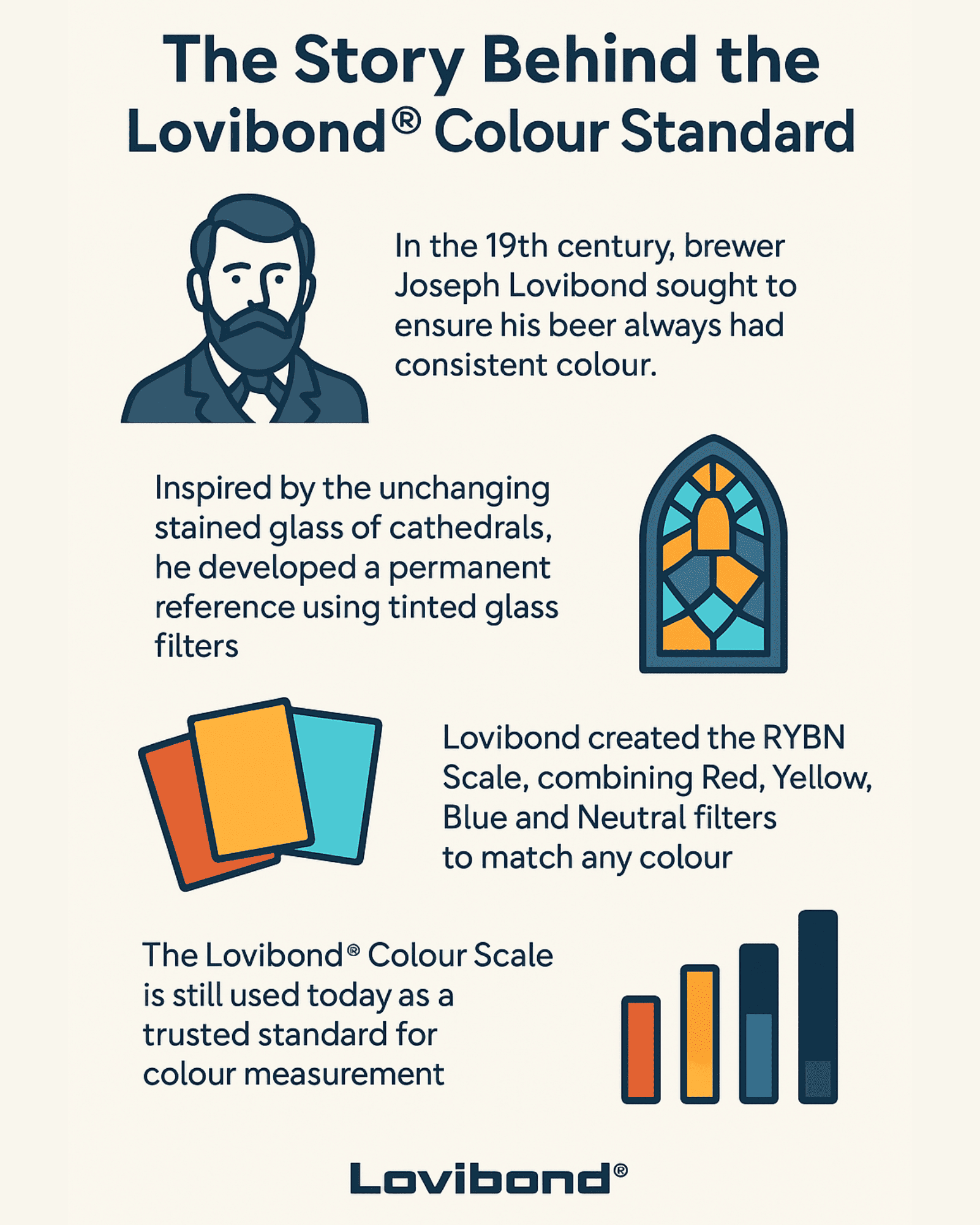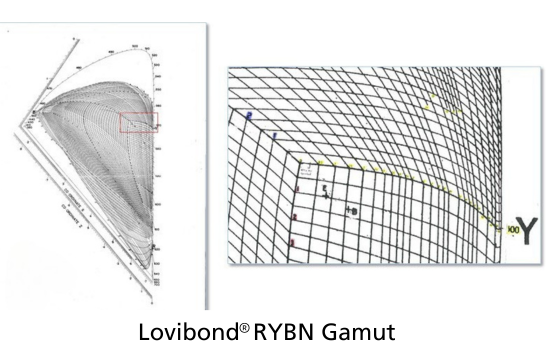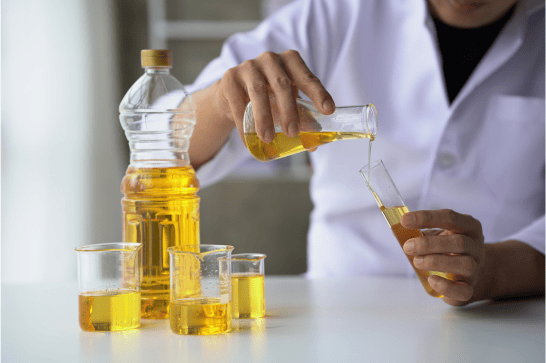The Expert’s Choice. The Industry’s Benchmark. The Lovibond® RYBN Colour Scale

Colour is more than just appearance—it’s a key indicator of quality and consistency. In industries like edible oils, where precision matters, accurately measuring and communicating colour is essential. That’s where the Lovibond® RYBN Colour Scale comes in—a globally trusted and recommended standard for precise colour evaluation.
In this blog, we’ll break down the RYBN scale, explain its unique logarithmic structure, and show you how to interpret results effectively—helping you maintain the highest standards in product colour quality.
What is the Lovibond® RYBN Colour Scale?
Developed by Joseph Lovibond in the 19th century, the RYBN scale is used to quantify colour using a combination of Red (R), Yellow (Y), Blue (B), and Neutral (N) glasses. It’s primarily used to assess the colour of oils, fats, chemicals, and transparent liquids by visually matching samples against calibrated glass standards in a comparator. This scale is used to measure samples which are absolutely clear, transparent and free from turbidity.


The Story Behind the Lovibond® RYBN Colour Scale:
Once upon a time in the 19th century, a brewer named Joseph Lovibond was driven by one mission: To ensure his beer always looked the same, sip after sip. He believed that consistent colour meant consistent quality, but soon realised that samples of beer or chemicals changed colour with age, making them unreliable as a reference.
His breakthrough came when he noticed the unchanging beauty of coloured cathedral glass, which retained its hue over centuries. Inspired, he developed a permanent colour reference using precisely tinted glass filters—and the Lovibond® Colour Scale was born.
To accurately match any shade, Joseph didn’t just rely on existing coloured glass. He engineered a method to build any colour using combinations of Red, Yellow, Blue, and later Neutral (RYBN) filters. Each glass tile was assigned a value, allowing objective, repeatable colour measurement—revolutionary for quality control in manufacturing.
Today, this innovation lives on in the Lovibond® RYBN Scale, a global standard recommended scale for industries ranging from edible oils to chemicals, ensuring colour consistency.
What Do R, Y, B, and N Stand For?
- R (Red): Indicates the intensity of red colour in the oil sample. This component often reflects the presence of pigments such as carotenoids or degradation products due to oxidation or heating.
- Y (Yellow): Represents the intensity of yellow colour in the sample. Yellow colouration is typical in most edible oils and is mainly influenced by natural pigments like lutein and zeaxanthin.
- B (Blue): Indicates turbidity or cloudiness in the sample. A blue tint usually arises when light scattering occurs due to suspended particles or emulsified water droplets. However, if the oil naturally has a greenish tone due to its source (e.g., unrefined olive oil with chlorophyll), it may affect the blue reading.
- N (Neutral): Represents the neutral (gray or colourless) component used to adjust the brightness of the transmitted light. Each time light passes through a glass surface, approximately 8% of light is lost due to reflection and absorption. To compensate for this light loss, neutral filters are added to maintain consistent brightness and contrast in the colour measurement.
Each unit of R, Y, B, or N represents a specific colour intensity. These units are additive—meaning 1.0R + 1.0R = 2.0R—and combinations of these values define the colour of a sample.
International standards like AOCS & ISO recommends reporting the colour as the sum of R+Y+B+N, whereas the BIS standard recommends reporting the colour as the sum of Y+5R.
The Logarithmic Nature of the Scale:
- Each increase in unit represents a perceptually larger colour difference until the sum of R+Y+B+N reaches 20 units. Beyond this, the numerical difference may increase, but the perceptible colour difference decreases.
- For example, a jump from 1.0 to 2.0 is quite noticeable, whereas a jump from 20.0 to 30.0 results in a much smaller perceived difference.
- This system is easy to understand and use with individual glass standards, but it has an important implication: as colours get darker, existing red, yellow, or blue standards absorb most of the unrelated light components, reducing the impact of additional units.
- Consequently, at the high end of the scale, even large numerical changes correspond to only small perceptual colour changes.
- The ideal range for visual comparison is between 3 and 10 units of the predominant colour (usually Yellow), and the total of all Lovibond® units (Red + Yellow + Blue or Neutral) should ideally be no more than 20 units.
- For samples that exceed this intensity, it is recommended to use a shorter path length cell for better accuracy and repeatability, regardless of the instrument type.


What are the factors that typically are critical while measuring the Lovibond® RYBN scale?
A few critical factors like temperature, path length, instrument condition, dirt, and human error can significantly affect colour readings.
Explore all the critical factors in detail!


Multiple Methods, One Common Misunderstanding:
Find out the best method to measure colour in edible oils!
Need help choosing the right method or instruments for your edible oil testing?
At Lovibond®, we help you navigate global standards with confidence. Contact us for expert guidance or a demo of our compliant, precision-grade instruments
 Service Request
Service Request  Sales Enquiry
Sales Enquiry  Customer Reviews
Customer Reviews